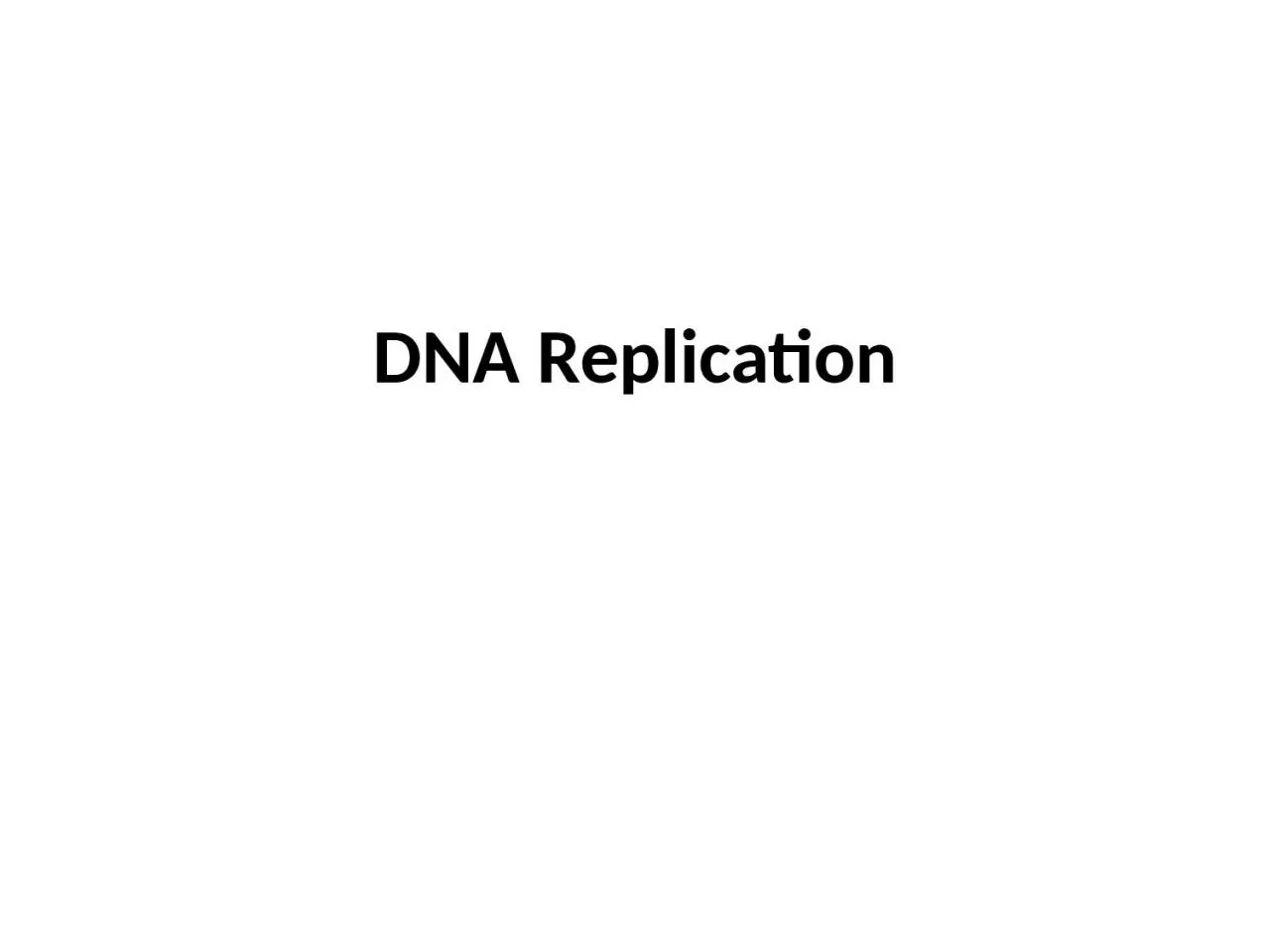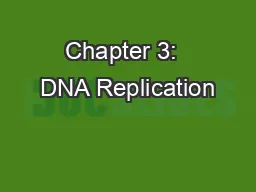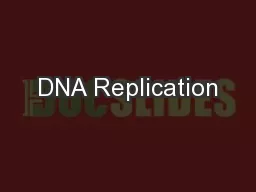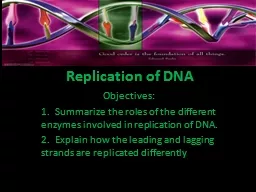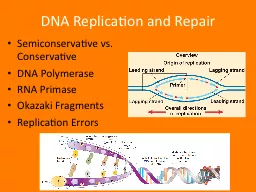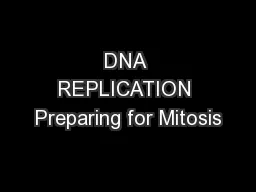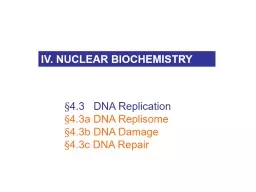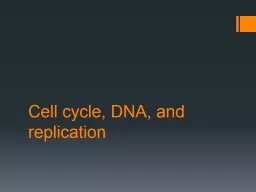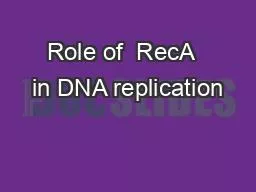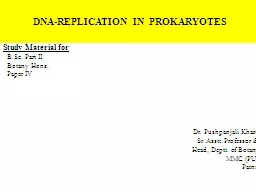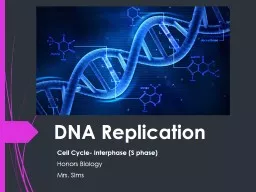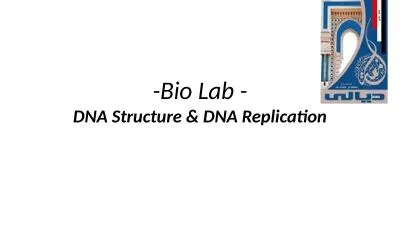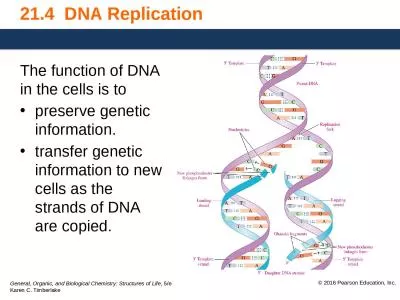PPT-DNA Replication DNA Replication
Author : hazel | Published Date : 2022-06-15
In their 1953 announcement of a double helix structure for DNA Watson and Crick stated It has not escaped our notice that the specific pairing we have postulated
Presentation Embed Code
Download Presentation
Download Presentation The PPT/PDF document "DNA Replication DNA Replication" is the property of its rightful owner. Permission is granted to download and print the materials on this website for personal, non-commercial use only, and to display it on your personal computer provided you do not modify the materials and that you retain all copyright notices contained in the materials. By downloading content from our website, you accept the terms of this agreement.
DNA Replication DNA Replication: Transcript
Download Rules Of Document
"DNA Replication DNA Replication"The content belongs to its owner. You may download and print it for personal use, without modification, and keep all copyright notices. By downloading, you agree to these terms.
Related Documents

